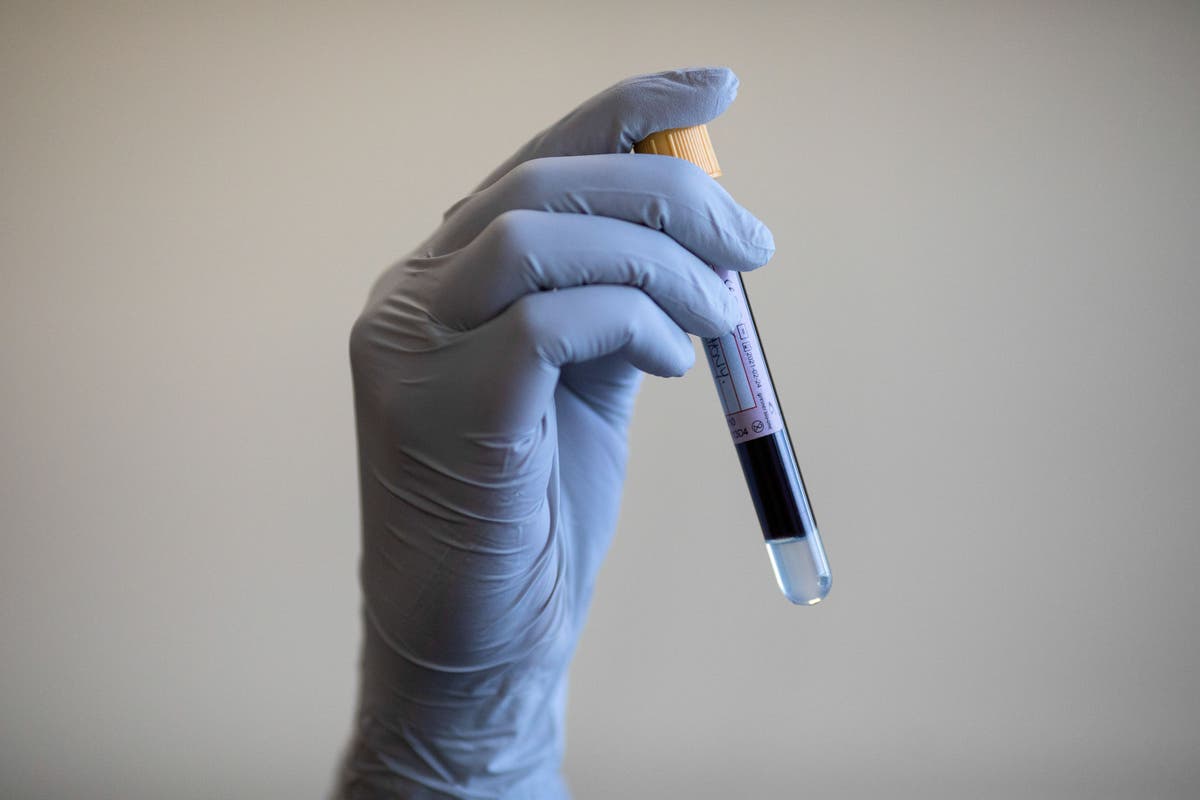It is thanks to a gene-editing tool known as Crispr-Cas, which won the Nobel Prize in 2020
Researchers have eliminated HIV from cells in a laboratory, raising hopes of a cure.
Using a gene-editing tool known as Crispr-Cas, which won the Nobel Prize in 2020, scientists were able target HIV DNA, removing all traces of the virus from infected cells.
Working essentially as scissors, the technology can cut the DNA at certain points, allowing unwanted genes to be deleted, or new genetic material to be introduced into cells.
The study authors said their aim is to develop a robust and safe Crispr-Cas regimen, “striving for an inclusive ‘HIV cure for all’ that can inactivate diverse HIV strains across various cellular contexts”.
 31·10 months ago
31·10 months ago


